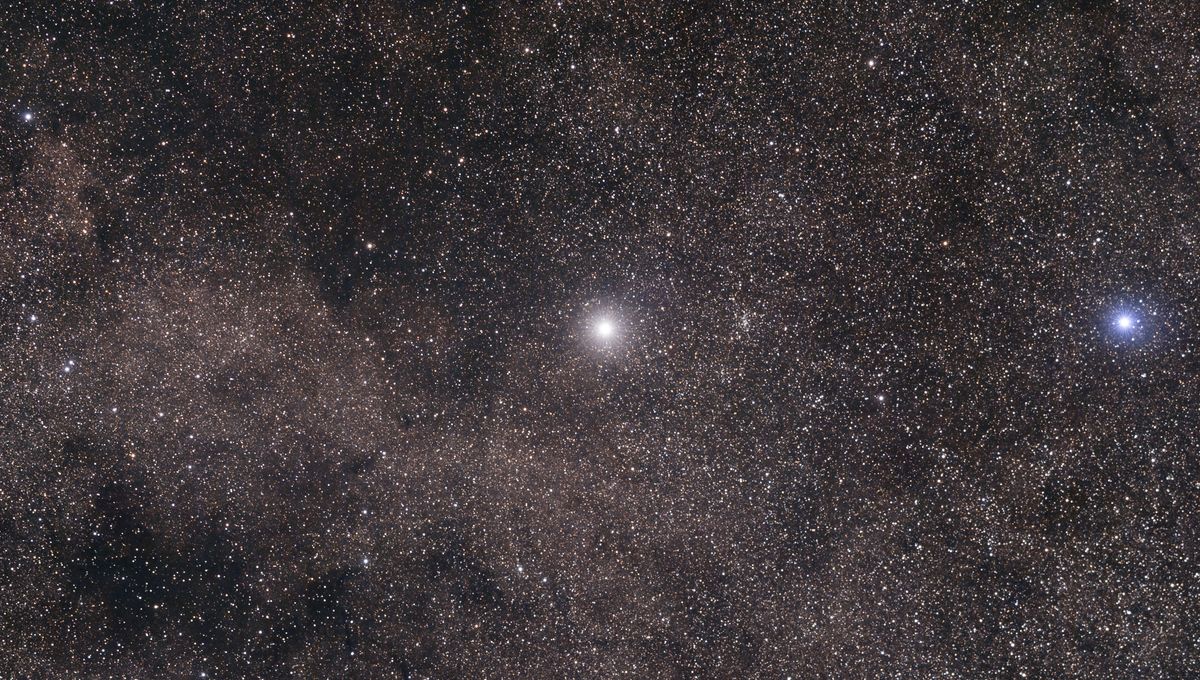
Interstellar travel is not for humans as the timescale is well beyond a human lifespan, but celestial bodies, such as asteroids and comets, can travel from star system to star system. Humanity has observed two such objects already: Comet Borisov and ‘Oumuamua, which crossed the vast gulf of space for a quick foray across the Solar System. We do not know where they came from, but researchers have wondered what the chance is that our closest star system is sending objects to us.
ADVERTISEMENT
Alpha Centauri is a triple-star system, with one of its stars, Proxima Centauri, being the actual closest star to the Sun at 4.25 light-years away. Such star systems are not closed off; stars have a large gravitational sphere of influence, but some objects can be easily distributed in a way that sends them flying to another star. What’s fun is that the Alpha Centauri system is getting closer to the Sun, moving at 22 kilometers per second (49,000 miles per hour). In about 28,000 years, it will be at its closest – just three light-years away – before moving away again.
The proximity and the approach make Alpha Centauri a great case study for the spread of interstellar objects. That is why Cole Gregg and Paul Wiegert from the University of Western Ontario have estimated just how many of its space rocks might have reached our corner of the universe, and it is an impressive number.
Let’s consider the outer region of the Solar System: the Oort cloud. This is a cloud of comets and asteroids that might extend to 1.5 light-years away from the Sun. If the Alpha Centauri system loses as many objects as the Solar System does, then within the Oort cloud, Gregg and Wiegert calculate that there are about one million interstellar objects larger than 100 meters (330 feet) that have been sent over by our neighbor.
To paraphrase the Fermi Paradox, where are they all then? The explanation is that these objects are small, and the universe is massive. The volume of one of these objects compared to the whole Oort cloud is like the volume of a white blood cell compared to the size of the Sun. The chance of finding one of these objects within the orbit of Saturn is tiny, one in a million.
The good news is that the Solar System becomes an easier target as Alpha Centauri gets closer. As such, we are to likely to receive more of its interstellar objects – up to 10 times as many during closest approach. We might still find more interstellar objects, as the Solar System could cross one million streams of them. However, if we want something from Alpha Centauri, we need to think smaller.
If the size parameters are dropped to anything larger than 100 microns (like a thick human hair), then the estimation shoots up. In particular, among the many meteors that shower the Earth every year, about 10 of them are from Alpha Centauri. This too will increase by a factor of 10.
ADVERTISEMENT
“A thorough understanding of the mechanisms by which material could be transferred from [Alpha] Centauri to the Solar System not only deepens our knowledge of interstellar transport but also opens new pathways for exploring the interconnectedness of stellar systems and the potential for material exchange across the Galaxy,” the authors wrote in the paper.
The paper has been accepted for publication in The Planetary Science Journal and a preprint version is available on arXiv.
Source Link: Interstellar Meteors Might Be Coming To Earth From Our Neighboring Star System